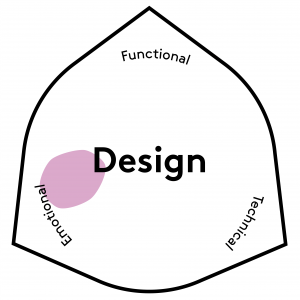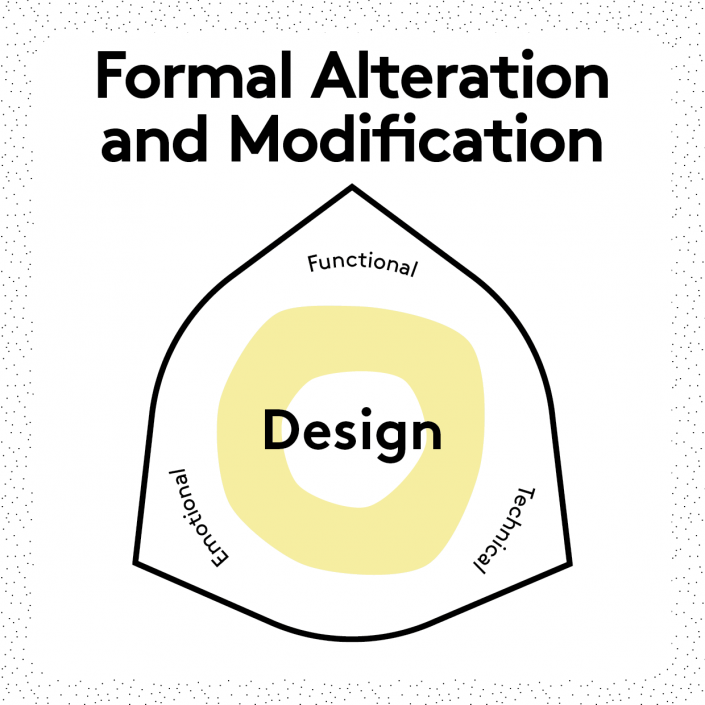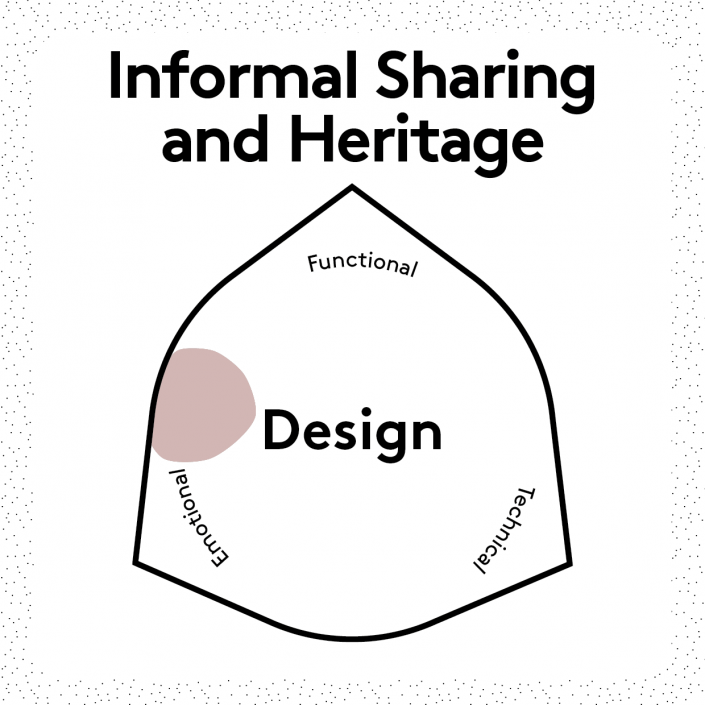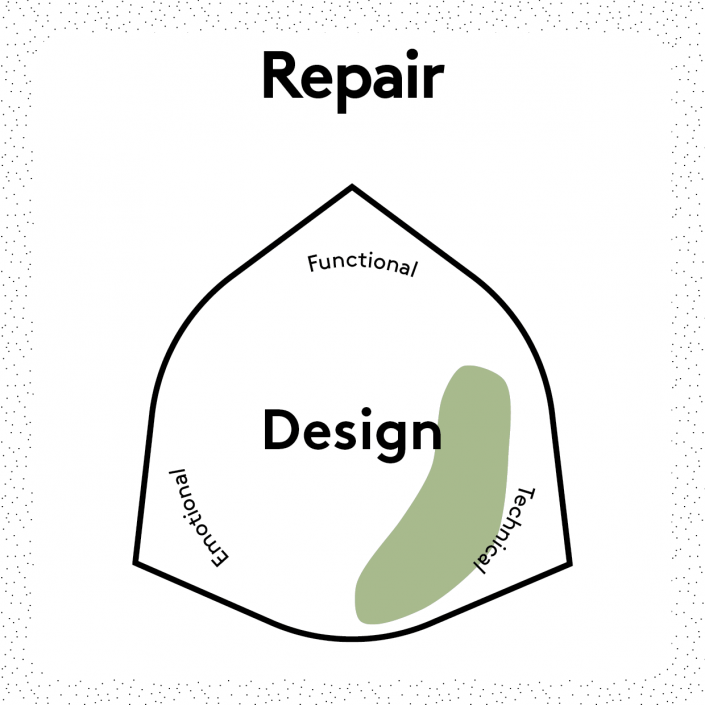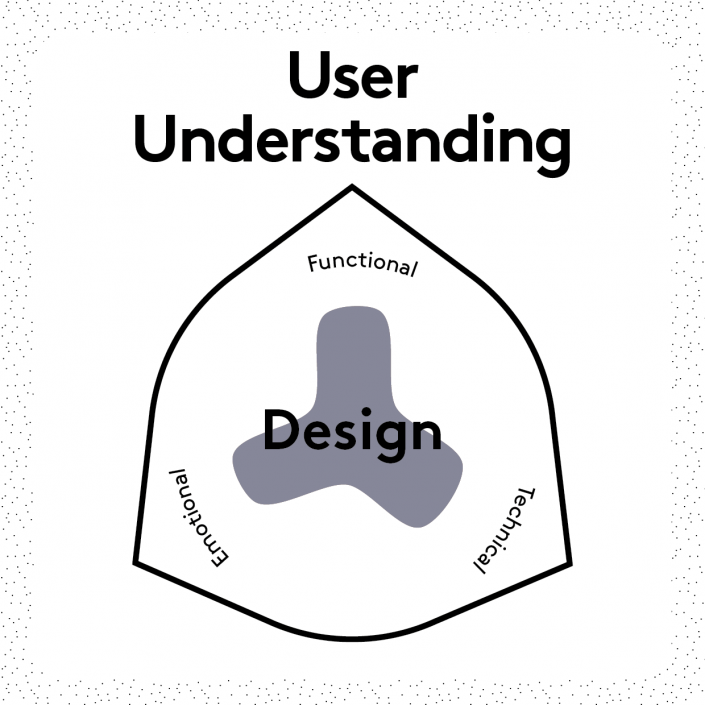What?
Users adjust and modify products themselves, for themselves and near relations. This is self-driven and un-systematised.
Why?
To prolong product lifespan and to adapt a product to its own changing needs.
Challenges
- It relies partly on the product’s emotional value.
- Many users do not have the necessary skills to make alterations and modifications.
Examples
- In the project, Local Wisdom, British scholar Kate Fletcher, has documented ways in which users adjust and modify garments over time, e.g. through craft and couture techniques.
- Life hacks, tutorials and community support provided by platforms such as Instructables, Thingiverse or Ikea Hackers.
- The Objects of Necessity made by Ernesto Oroza.
- See the cultural practices of Jugaad, Shanzhai or Gambiarra.
Further Reading
De Couvreur (2016). Adaptation by Product Hacking: A Cybernetic Design Perspective on the Co-Construction of Do-It-Yourself Assistive Technology, Part 1: Focus. TU Delft.
Fletcher (2016). Craft of Use. Routledge.
von Busch (2014). Fashion Hacking. In: Design as Future-Making. Bloomsburry.
Wakkary & Maestri (2008). Aspects of Everyday Design: Resourcefulness, Adaptation, and Emergence. International Journal of Human-Computer Interaction, 24(5), 478–491.

